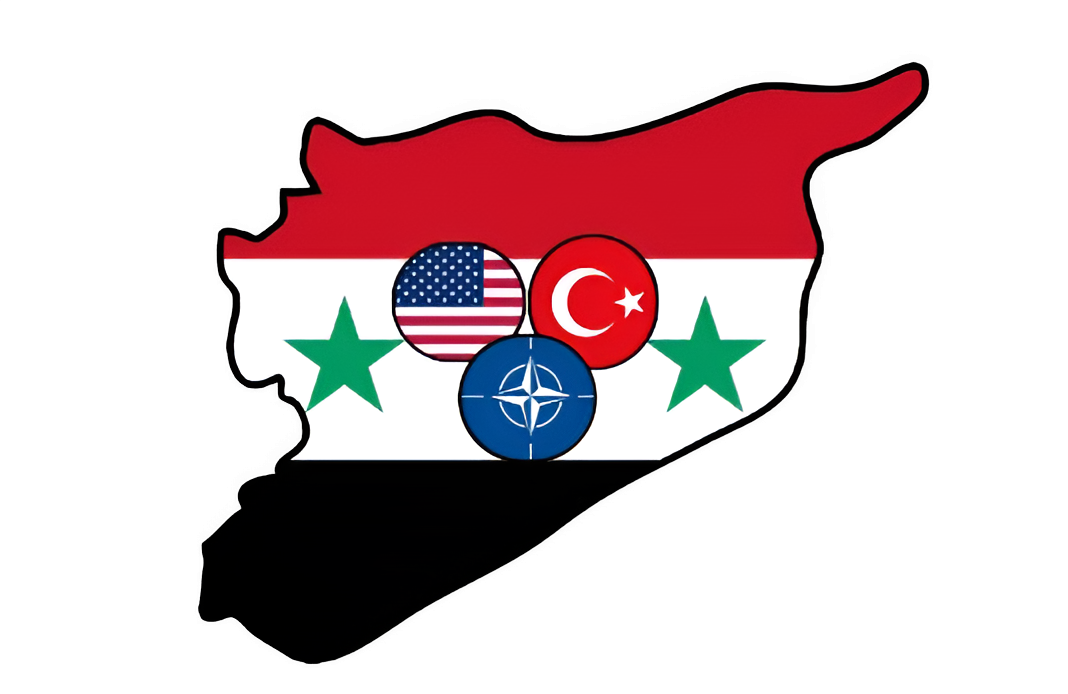|
|
TODAY.AZ / World news
Iran's budeget bill and its strange details
19 April 2012 [09:50] - TODAY.AZ
 The Integration Committee of the Iranian parliament (Majlis) has approved some details of Ahmadinejad government's proposed current year budget bill.
The Integration Committee of the Iranian parliament (Majlis) has approved some details of Ahmadinejad government's proposed current year budget bill.The ratification of the months -delayed submitted budget bill to the Iranian parliament has been under discussion while it passed a month from the beginning the Iran's new solar year (started on March 20).
The Integration Committee approved a 4.040 million daily oil output and set a price of $85 per a barrel in the budget yesterday.
Setting $85 per a barrel in budget bill is logical, but there are serious doubts on Iran's ability to produce above four million barrels oil per day. According to OPEC statistics, Iran's oil output dropped to 3.424 mbpd in March 2012, indicating a decrease of 631, 000 barrels compared to 2008.
Most of Iran's oil fields are on their second half life and according to official statements, the production level from existing producing oil wells decreases by 300,000 barrels annually.
On the other hand, Iran has faced increasingly tight sanctions over its oil exports and so far China, Japan and South Korea decreased Iranian oil imports by 22 per cent, while Turkey announced a 10 per cent decrease of its Iranian oil purchase.
The European Union was also a customer taking around 18 per cent of Iranian oil export in 2011, but decided to cut its purchase by July 1. Greece, Spain, Germany, France and the UK have halted oil deals with Iran recently.
South Africa that purchased four per cent of Iranian oil in 2011, but suspended crude oil purchases from Iran in March.
JPMorgan's energy research team predicted in early April that Iran's crude oil production could fall by one million barrels per day by the end of June to below 2.5 million bpd because of lack of customers.
Relying on producing four billion barrels oil and condensate and exporting 2.3 mbpd (with regarding about 1.7 mbpd domestic oil consumption) is quite risky for a sanction-slapped Iran, whilst its GDP growth for 2012 is predicted only at 0.4 per cent by the International Monetary Fund in April 2012.
Another detail approved by the Integration Committee is the rate of the USD. According to the approved version, the USD price should be set at 12,260 rials, while the government has proposed the figure of 11,500 rials. It is not clear what the reason is for setting the USD rate at 21,260 rials while it is being sold above 19,000 rials in Iran's open markets, indicating a very deep difference in volume.
/Trend/
URL: http://www.today.az/news/regions/105646.html
 Print version
Print version
Views: 3746
Connect with us. Get latest news and updates.
See Also
- 26 December 2024 [08:30]
Sweden introduces new laws starting in 2025 - 26 December 2024 [08:00]
Next year, more than 1 million cars in Egypt will be powered by CNG - 25 December 2024 [23:30]
Number of 5G mobile users in China exceeds one billion - 25 December 2024 [21:27]
Japan allocates $2.1 billion to semiconductor manufacturers in 2025 - 25 December 2024 [19:45]
Taiwan detects the approach of three aircraft and six Chinese ships - 25 December 2024 [15:29]
Russia dispatches medical team to Aktau as Putin extends condolences during CIS Summit - 25 December 2024 [09:00]
Samsung Corporation reduces production of folding smartphones - 25 December 2024 [08:00]
South Korea and United States resume diplomatic activities - 24 December 2024 [23:48]
Philippines justifies deployment of American missile system on its territory - 24 December 2024 [23:17]
India sends astronaut to moon in 2040
Most Popular
 Multiple-firing weapons: how India fooled Armenia
Multiple-firing weapons: how India fooled Armenia
 New Zealand rejects plan to introduce its own passports for residents of Cook Islands
New Zealand rejects plan to introduce its own passports for residents of Cook Islands
 Chairman of Israel-Azerbaijan Joint Economic Committee congratulates Azerbaijani President
Chairman of Israel-Azerbaijan Joint Economic Committee congratulates Azerbaijani President
 Armenian profligates and their Iranian friends gathered in an Azerbaijani mosque again
Armenian profligates and their Iranian friends gathered in an Azerbaijani mosque again
 Fountain Square transforms into winter fairy tale
Fountain Square transforms into winter fairy tale
 Azerbaijan condemns US administration of undermining bilateral relations
Azerbaijan condemns US administration of undermining bilateral relations
 US-Türkiye clash over Syria’s Kurdish dilemma deepens rift between allies
US-Türkiye clash over Syria’s Kurdish dilemma deepens rift between allies
